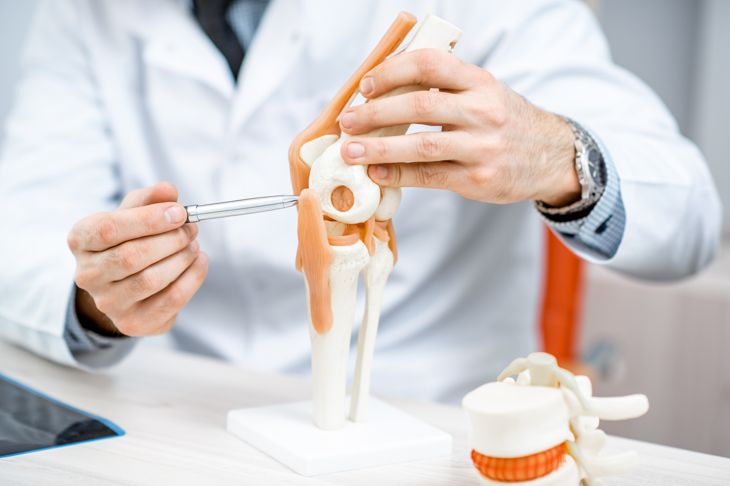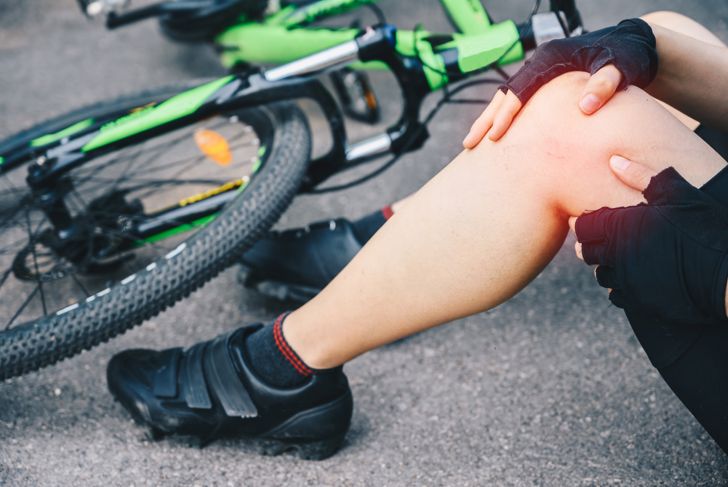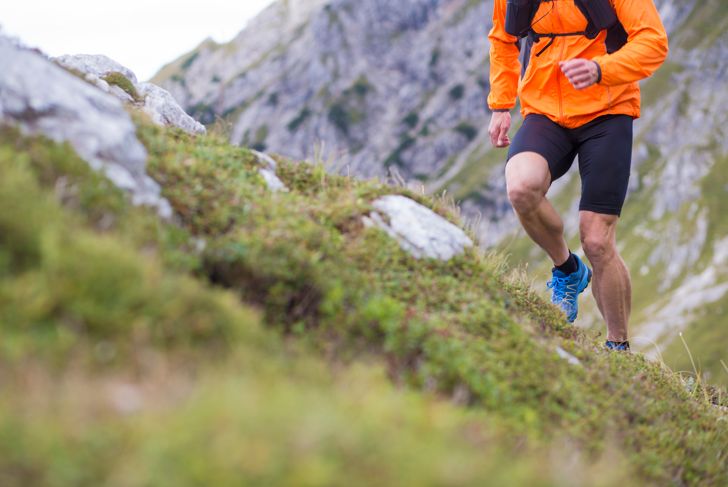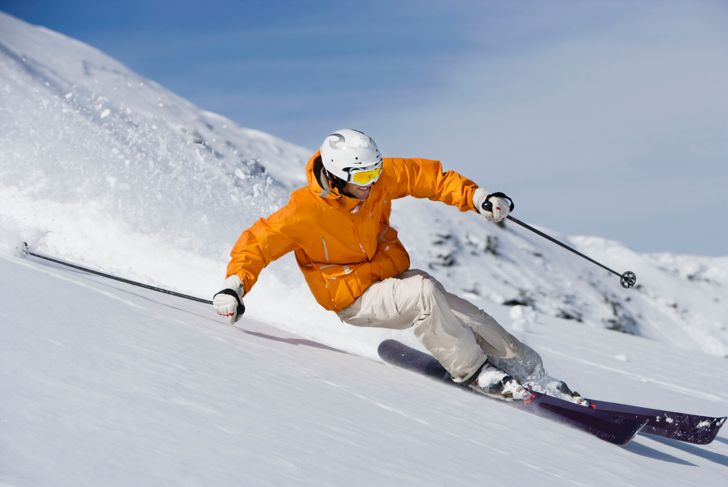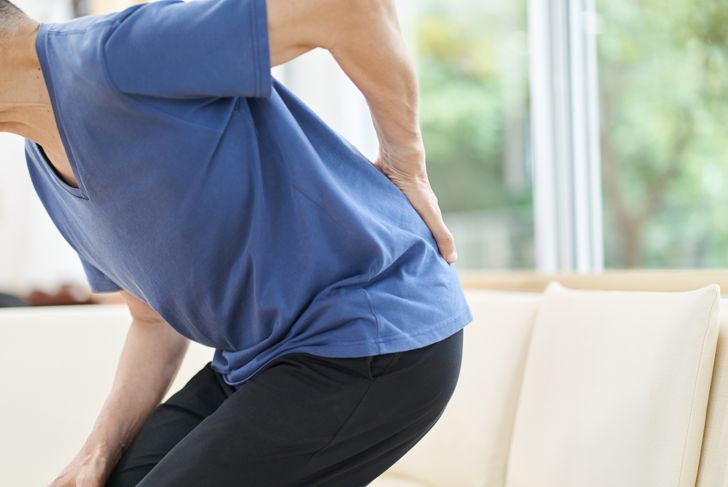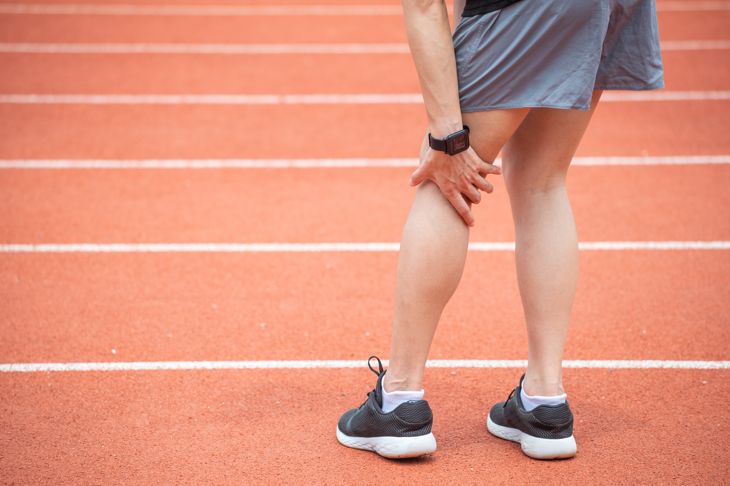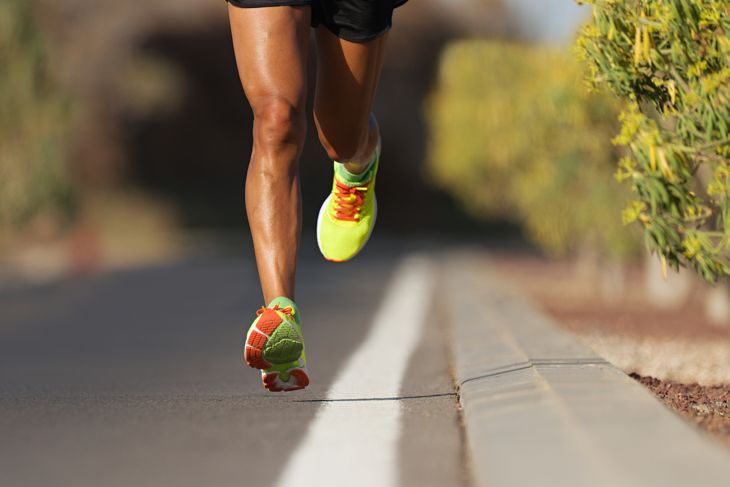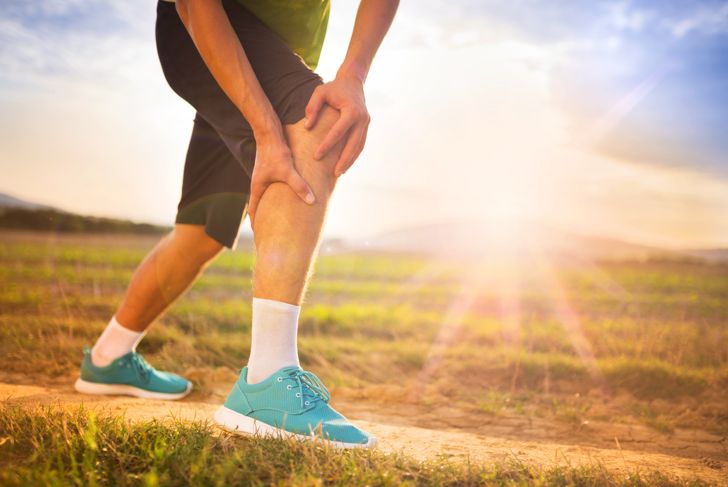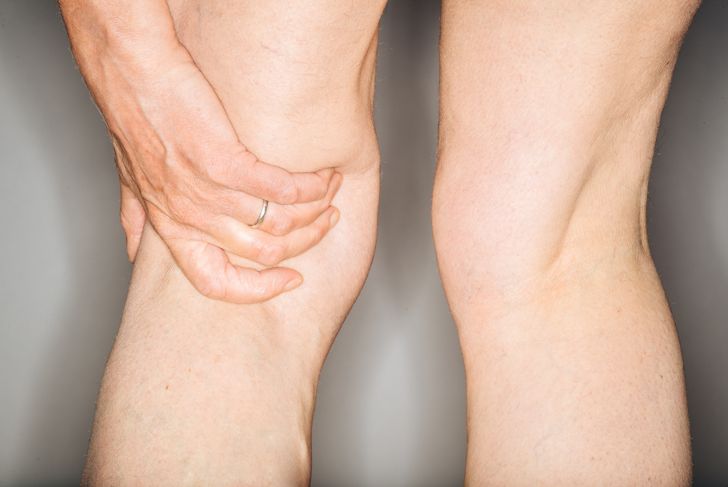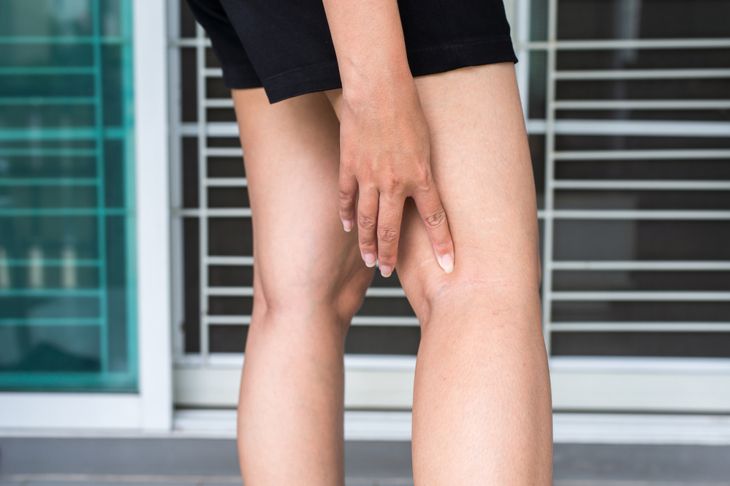The knees are the largest joints and contain a lot of moving parts. They participate in endless daily activities: walking, climbing stairs, tying shoes, picking something up off the floor, or sitting with the legs crossed.With all those purposes, it isn’t surprising that these large, complex joints are prone to injury. Although knee pain is very common, many people associate pain with the front of the joint. Pain behind the knee, or posterior knee pain, affects many people as well.
Knee Joint Structure
The knee joint is classified as a modified hinge joint, and it interacts with three bones: the tibia, patella, and femur. An intricate network of cartilage disks, ligaments, tendons, and muscles work together to provide structural support and allow motion.The normal range of motion for knee joints includes extension and flexion, which are demonstrated when we bend and straighten our legs. Knee joints are also able to rotate slightly. Synovial fluid, a clear, viscous, liquid within the joint, acts as a lubricant and cushion during these motions.
PCL Injury
The posterior cruciate ligament or PCL helps keep bones in their proper positions and lets the knee move smoothly. This ligament is located behind the knee and connects the lower leg bone to the thighbone. Anyone can experience a PCL injury, but it’s most common among athletes and skiers.Potential causes of a PCL injury include hitting the knee against a hard surface, landing wrong after a jump, falling on a bent knee, dislocating the knee joint, or bending the knee too far backwards.
Biceps Femoris Tendinopathy
The biceps femoris tendon behind the knee forms part of the hamstring muscle group, helping control lower leg movement at the knee. Tendinopathy occurs when forceful or repetitive use of the tendon results in tiny tears and inflammation. Causes include walking or running uphill, extended periods of sitting or driving, or a sudden increase in a walking or running exercise routine.
Popliteal Tendonitis
The popliteus is a small muscle located behind the knee, and the popliteal tendon runs from the thigh to the lower leg. This triangular muscle and its associated tendon help the knee bend.Popliteal tendonitis is associated with athletic activities such as downhill skiing or running, especially running on hills or uneven terrain. It can also occur if the knee is hyperextended while climbing stairs or walking uphill. Pain tends to worsen during activities that bend or straighten the knee.
Referred Pain
Sometimes pain in the back of the knee is actually referred pain that isn’t from the knee at all. Sciatica occurs when pain from a compressed nerve in the lower back — the sciatic nerve — radiates along its length.People can experience sciatic pain in the back, buttocks, and hips, and along the back of the legs and knees. Up to 40% of adults experience sciatic pain at some point in their lives, though it’s most common after age 50.
Arthritis
Arthritis is a common cause of swelling, stiffness, and pain behind the knees. Osteoarthritis slowly wears away the cartilage between bones in the knee joint and may cause bone spurs.Post-traumatic arthritis occurs after an injury damages the knee or displaces cartilage. Rheumatoid arthritis is an autoimmune disease that triggers an inflammatory response within joints that slowly wears away cartilage and causes swelling of the synovial membranes.
Gastrocnemius Tendinopathy
Gastrocnemius tendinopathy refers to an injury of the gastrocnemius tendon running from the back of the knee to the large calf muscle. The tendon may become inflamed or experience degeneration due to overuse. Sudden onset of pain is likely due to inflammation while gradually increasing pain and stiffness may indicate degeneration.Contributing factors include high intensity sprinting, muscle imbalances in the hip and knee joints, poorly fitted or worn-out footwear, or an abrupt increase in running intensity or distance.
Chondromalacia
Chondromalacia patella, also called runner’s knee, occurs when cartilage under the kneecap becomes soft and breaks down.The patella, or kneecap, is covered by cartilage that should glide smoothly. Cartilage deteriorates if components of the knee joint aren’t moving properly and let the kneecap rub against bone. Causes include poor knee alignment, weak thigh muscles, a previous dislocation or injury, or repetitive stress from skiing, running, or jumping.
Baker’s Cyst
A Baker’s cyst, also called a popliteal cyst, occurs when the knee joint produces too much synovial fluid. This can happen when bone or cartilage around the knee is damaged by arthritis or an injury. The fluid-filled cyst may cause swelling and a noticeable bulge, along with a tight feeling behind the knee. The pain may worsen when the knee is extended.
Deep Vein Thrombosis
A deep vein thrombosis or DVT is a blood clot in a deep vein, usually in a calf or thigh muscle. Clots can form when a vein is damaged or the blood flow within a vein stops or slows down.Symptoms include soreness in calf or thigh muscles, pain behind the knee, and swelling, warmth, and redness over the clot. Contact a doctor immediately if you suspect a DVT.

 Home
Home Health
Health Diet & Nutrition
Diet & Nutrition Living Well
Living Well More
More